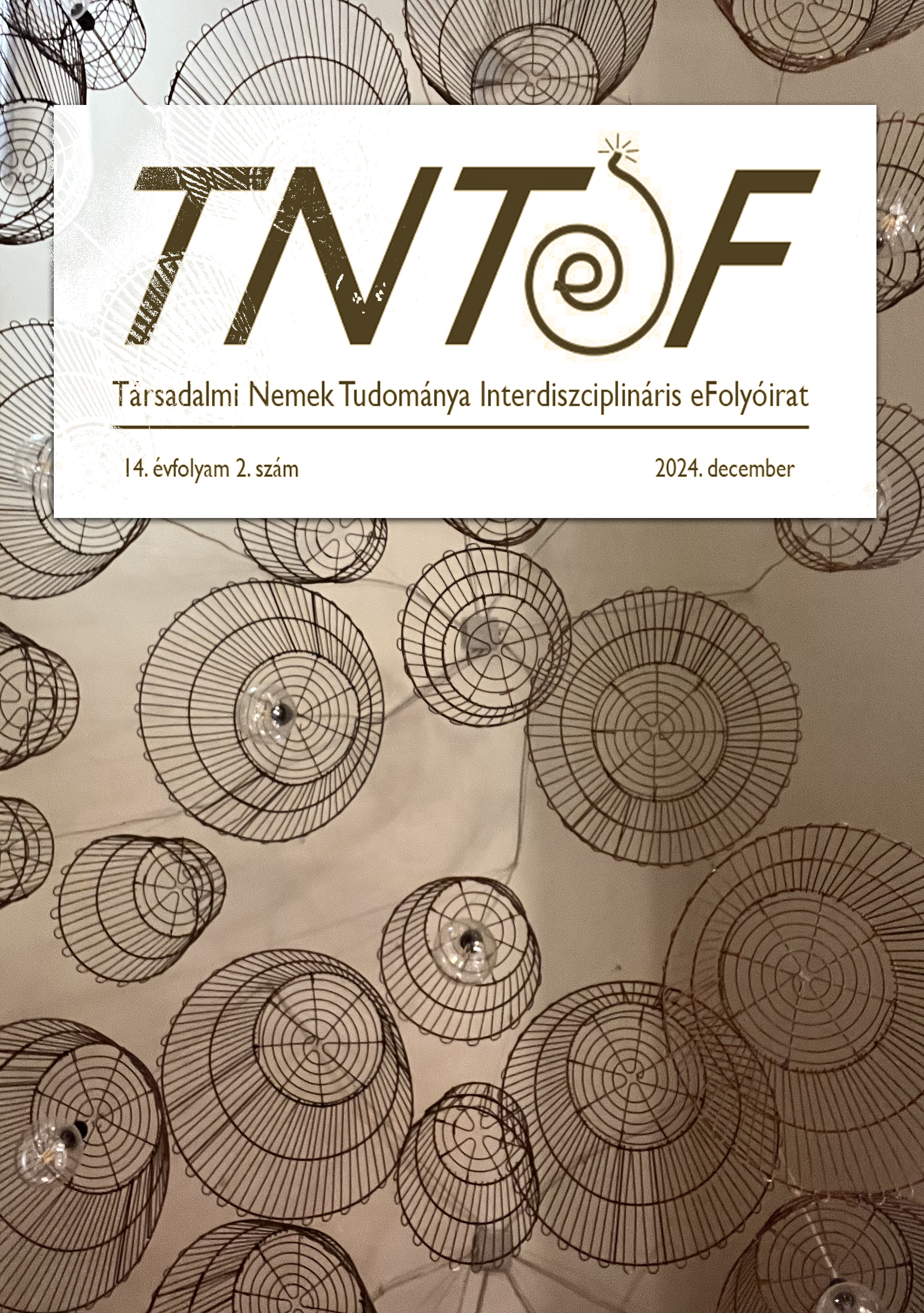Botanical Bodies: Reconciliation and Empowerment in Charmaine Watkiss’ Drawings
Main Article Content
Abstract
Charmaine Watkiss’ (b. 1964) large scale self-representations, in her own formulation, convey “memory stories” through intricate and subtle botanical patterns, cultural objects and symbols that enrobe her figures. The characters are, however, not self-portraits, they rather serve as canvases onto which she layers memory segments and research-grounded responses to the African Caribbean and African diaspora experience. Watkiss's dignified, regal and empowered Black woman figures appear centrally in the picture plane by which she appropriates portraiture of the western art historical tradition and subverts the representation of the Black female body in that very same tradition. The subversive quality of her works is also underlined by the employment of drawing as her artistic medium as opposed to painting. Drawing allows her to create an intimate space for healing and reconciliation, the experience of which occurs in the communion between her figures and the viewers. Her botanical visual language ultimately serves as a means of resistance and empowerment with respect to the traumatic legacy of the transatlantic slave trade and the current discriminatory and anti-immigrant practices and rhetoric.

